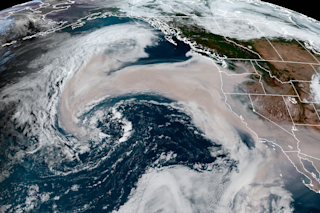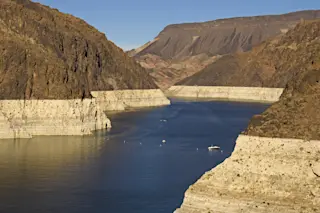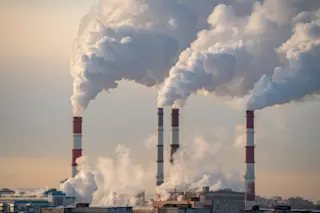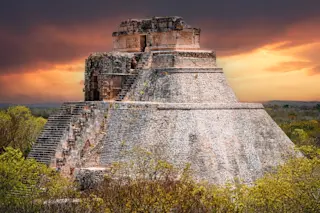If you've seen those daytime photos and videos of San Francisco in dark shadow under a horrific orange sky, you probably know by now that the wildfire cataclysm in the U.S. West is giving the dark imaginings of science fiction writers a run for the money.
The impact of these fires looks like nothing I've ever seen in imagery shot from the ground. And as someone who has been using remote sensing for many years to document the impact and scope of wildfires, I have to say that the same is true of the views we're getting from space.
What I'm seeing in the satellite imagery of the wildfires blazing in the western United States rivals even that of the widespread and cataclysmic Australian bushfires of 2019 and 2020.
It also bears repeating: Research shows that hotter, drier conditions due to human-caused global warming has led to a significant increase ...














